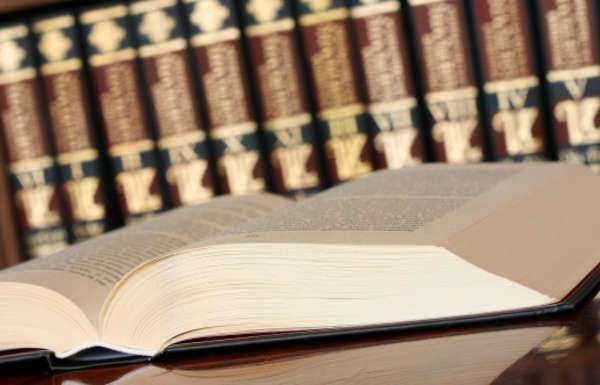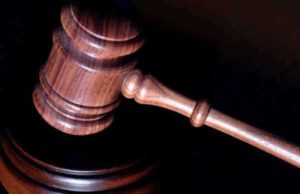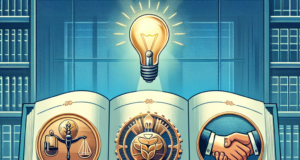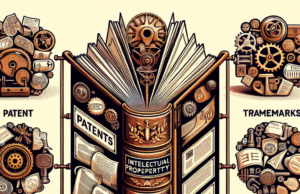
Copyright law in the United States was first codified on
a Federal
basis by the Copyright Act of 1790, which was signed into law by President
Washington on May 31 of that year. In the text of the Bill, it is
referred to as “An Act for the encouragement of learning, by securing the
copies of maps, charts, and books, to the authors and proprietors of such
copies, during the times therein mentioned.”
It served to regularize the
legal protection granted to authors in the United States, a function which
under the previous system of governance provided for by the Articles of
Confederation had been left up to the statutes of individual states.
The Copyright Act of 1790 took its legislative
inspiration from the primary English legislation on copyright law, the Statute
of Anne, as had been in effect in the former administrator of the American states
since 1709. The new American Bill for copyright law expanded on the
previous legal protections available to authors by widening its scope from
books to charts and maps, presaging the widening of copyright protection to
other forms of media that would take place when recording technology became
available.
The Copyright Act of 1790 was passed due to the Constitution’s
empowerment of the newly created Congress to “promote the progress of
Science and the Useful Arts by securing for limited times to Authors and
Inventors the exclusive right to their respective Writings and
Discoveries,” as may be found in Article 1, Section 8, Clause 8. As thus
implemented by Congress, the new copyright law was conceived as serving the
dual purpose of protecting and encouraging authors’ activities in creating new
books, maps, and charts, and securing the access of the public to the products
of authors’ labors.
The former task took the form of the granting of a monopoly
over a work to the person who had created it, and the latter task the form of
limiting the extent of such monopolies and defining which works could not fall
under them.
The initial application made under the Copyright Act of
1790 would therefore secure exclusive rights to the author for publishing and
reproducing lasting a period of fourteen years. After that time, if the author
or his or her heirs still happened to be living, another fourteen-year term of
protection would be granted, though it would be contingent on the author or heir submitting
an application for such protection. The language of the Copyright Act of 1790
is primarily based on the utilitarian emphasis placed on benefiting society as a whole, rather
than on a model based on commerce.
The Copyright Act of 1790 did not require that a book, chart,
or map be published in order to be eligible for receiving legal protection. It
did require, however, that authors formally apply for a copyright. Otherwise
their work could pass into the public domain. In the absence of international
agreements on copyright law, these legal measures did not extend to works
published or authors working in other countries.



















